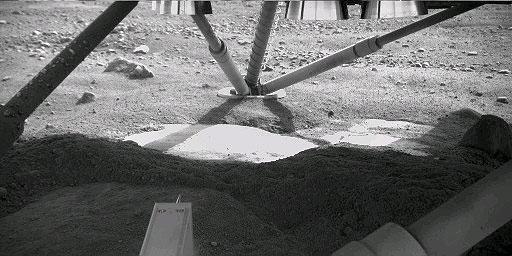“‘We’ve looked at far, far fewer than 10 million stars since 1960, and so we really can’t say anything worthwhile yet about whether or not intelligent life is out there,’ Drake said. ‘Given our capabilities now, we might have something useful to say one way or another in 25 years.'”
In the wake of all these new planets, the WP takes a gander at the new and improved SETI program. “‘We’re finding new extra-solar planets every week,’ she said. ‘We now know microbes can live in extreme environments on Earth thought to be impossible for life not very long ago, and so many more things seem possible in terms of life beyond Earth.’”



